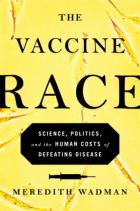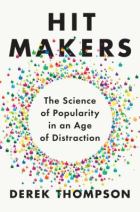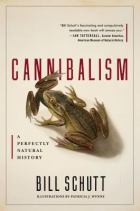
Born Both: An Intersex Life by Hida Viloria
HQ 77.98 .V55 A3 2017
“My name is Hida Viloria. I was raised as a girl but discovered at a young age that my body looked different. Having endured an often turbulent home life as a kid, there were many times when I felt scared and alone, especially given my attraction to girls. But unlike most people in the first world who are born intersex – meaning they have genitals, reproductive organs, hormones, and/or chromosomal patterns that do not fit standard definitions of male or female – I grew up in the body I was born with because my parents did not have my sex characteristics surgically altered at birth.
It wasn’t until I was twenty-six and encountered the term intersex in a San Francisco newspaper that I finally had a name for my difference. That’s when I began to explore what it means to live in the space between genders – to be both and neither. I tried living as a feminine woman, an androgynous person, and even for a brief period of time as a man. Good friends would not recognize me, and gay men would hit on me. My gender fluidity was exciting, and in many ways freeing – but it could also be isolating.
I had to know if there were other intersex people like me, but when I finally found an intersex community to connect with I was shocked, and then deeply upset, to learn that most of the people I met had been scarred, both physically and psychologically, by infant surgeries and hormone treatments to “correct” their bodies. Realizing that the invisibility of intersex people in society facilitated these practices, I made it my mission to bring an end to it – and became one of the first people to voluntarily come out as intersex at a national and then international level.
Born Both is the story of my lifelong journey toward finding love and embracing my authentic identity in a world that insists on categorizing people into either/or, and of my decades-long fight for human rights and equality for intersex people everywhere.”
– publisher description








